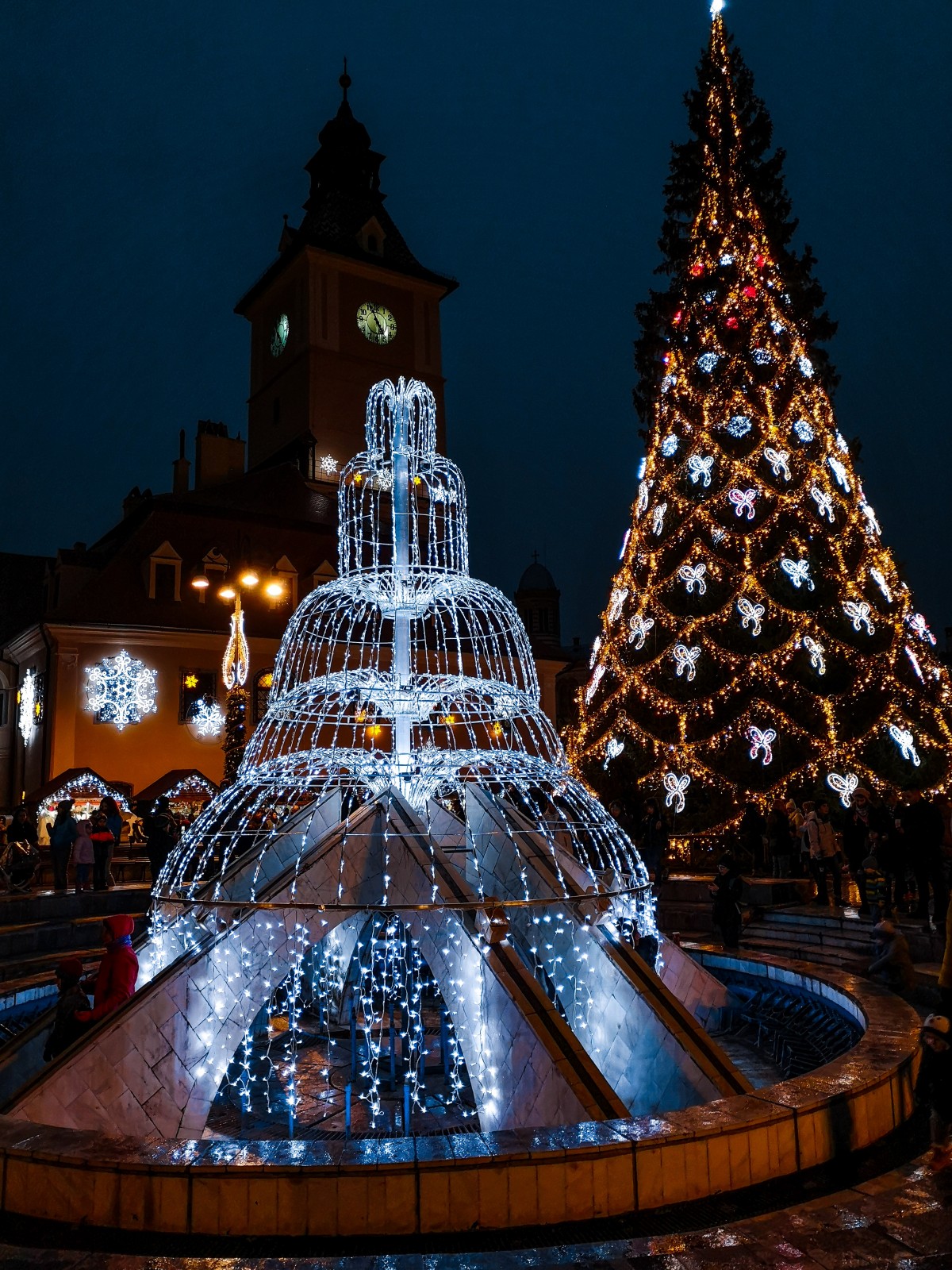Trade and Treasure: Monterey's Custom House and the Gold Rush
The words gold rush might bring to mind Alaska, or the Yukon. For some, the closest they’ve ever come to a historical gold rush is watching various television programs on the topic. It’s not difficult to understand why gold rushes capture our attention, even now, when cyber or tech booms are more likely to make the news than the discovery of gold. Gold rushes appeal to the treasure hunter and adventurer inside all of us.

Before a recent trip to Monterey, California I finished reading Two Years Before the Mast written by Richard Henry Dana Jr., and published in 1840. Dana’s book is a first-person account of a Harvard student’s adventures as a sailing hand aboard a merchant ship during the California gold rush period and it is one of the few books about California that existed before the gold rush. It is also clearly written from an outsider’s perspective, rather than what would pass as a local's point of view. About Monterey, Dana writes, "About thirty miles from the mouth of the bay, and on the south-east side, is a high point, upon which the presidio is built. Behind this, is the harbor in which trading vessels anchor, and near it, the mission of San Francisco, and a newly begun settlement, mostly of Yankee Californians, called Yerba Buena [the future San Francisco], which promises well.”

Most people have read about the California gold rush and the subsequent economic boom it inspired that led to the development of modern California. This information about California’s gold rush intertwines with the history of Monterey. A few weeks ago, I had the opportunity to visit the old Custom House in Monterey, where customs duties were collected by Mexico between the early 1820s to the mid 1840s. The house, now part of a state park, overlooks the port (in Alta, California) where ships used to arrive to trade their goods.
Inside the Custom House, I was able to see a Californio scene recreated, with cowhides (also known as “California banknotes”) stretched and drying, waiting to be counted and traded. Other goods for trade included pottery, silks, hot sauce, and dry goods like lentils, beans, and oats. Californios were people that held large plots of land during the 1830s until the 1880s; they received land grants from Mexico and Spain. The status and wealth of Californios came from their land holdings, including their crops and ranches.



If you visit Monterey, definitely stop by the old Custom House to immerse yourself in a bit of 19th century California history. There is nothing quite like the feeling of being able to walk through history, even if you’re simply walking through a building.
Interested in reading more about California, the gold rush, or Monterey? Check out our links below:
Find more information on Californios, California banknotes, and the Custom House.





